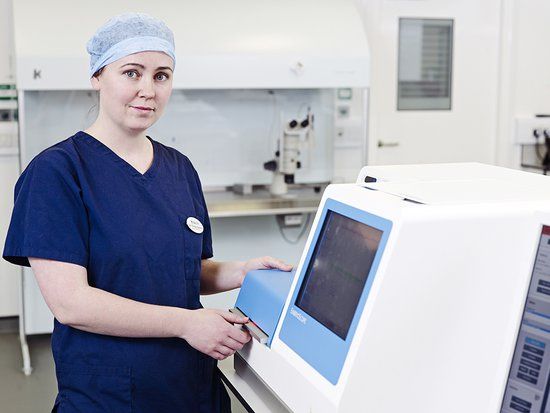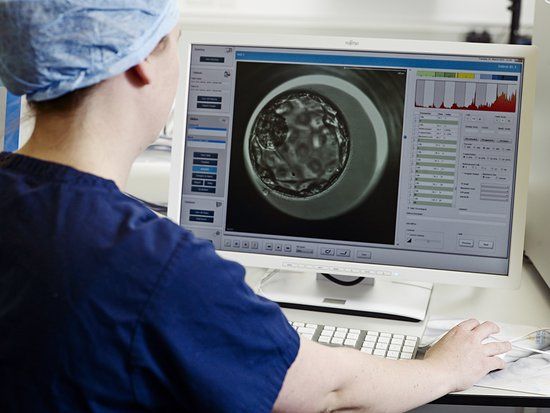A new study has been published which reveals that IVF success rates could be boosted by new technology, which takes ‘timelapse’ photography of embryo growth in the laboratory.
The images can then be analysed, helping identify the embryos which are at low risk of defects for transfer.
The time-lapse embryoscope monitor has been created by a biomedical developer and tested in the UK on patients at a chain of private IVF clinics. The results, published in Reproductive Biomedicine online, have been promising with ‘low-risk’ embryos resulting in a 61% success rate and a 19% success rate from embryos deemed ‘medium-risk’.
This is very exciting news in the IVF world. This new technology is allowing non-invasive testing to help identify which embryos to select for transfer as traditional methods – such as an embryo biopsy – can lead to embryo damage. At Manchester Fertility we have been involved in identifying non-invasive methods of embryo selection.
Although the sample size was very small in this study – only 69 couples were involved in the testing process and 46 embryos – the results are very encouraging. But lots more research needs to be done on a wider group of patients.
It’s also important to realise that this new technology only gives a prediction of increased chance of success – not a diagnosis. What this means is that you could have the ‘perfect’ embryo completely free of any abnormalities, but there still won’t be a 100% success rate because so many factors affect whether IVF works or not, such as whether the uterus accepts the transferred embryo.
It also adds considerable costs to a typical IVF cycle, estimated at around an extra £750, so for those couples for whom funding private IVF is already a major financial stretch, this won’t be an option for them. At Manchester Fertility we believe in ensuring that all patients can benefit from the latest technology – not only those who can afford to pay for these ‘extras’.
There will also be limited space in the embryoscope – and so not everyone will be able to use it. Other laboratories are working on developing technology so more patients can benefit.
In the meantime, it will be interesting to see what results are revealed on larger groups of patients who all have differing diagnosis and reasons for needing IVF.
Last updated: 16th May 2013






